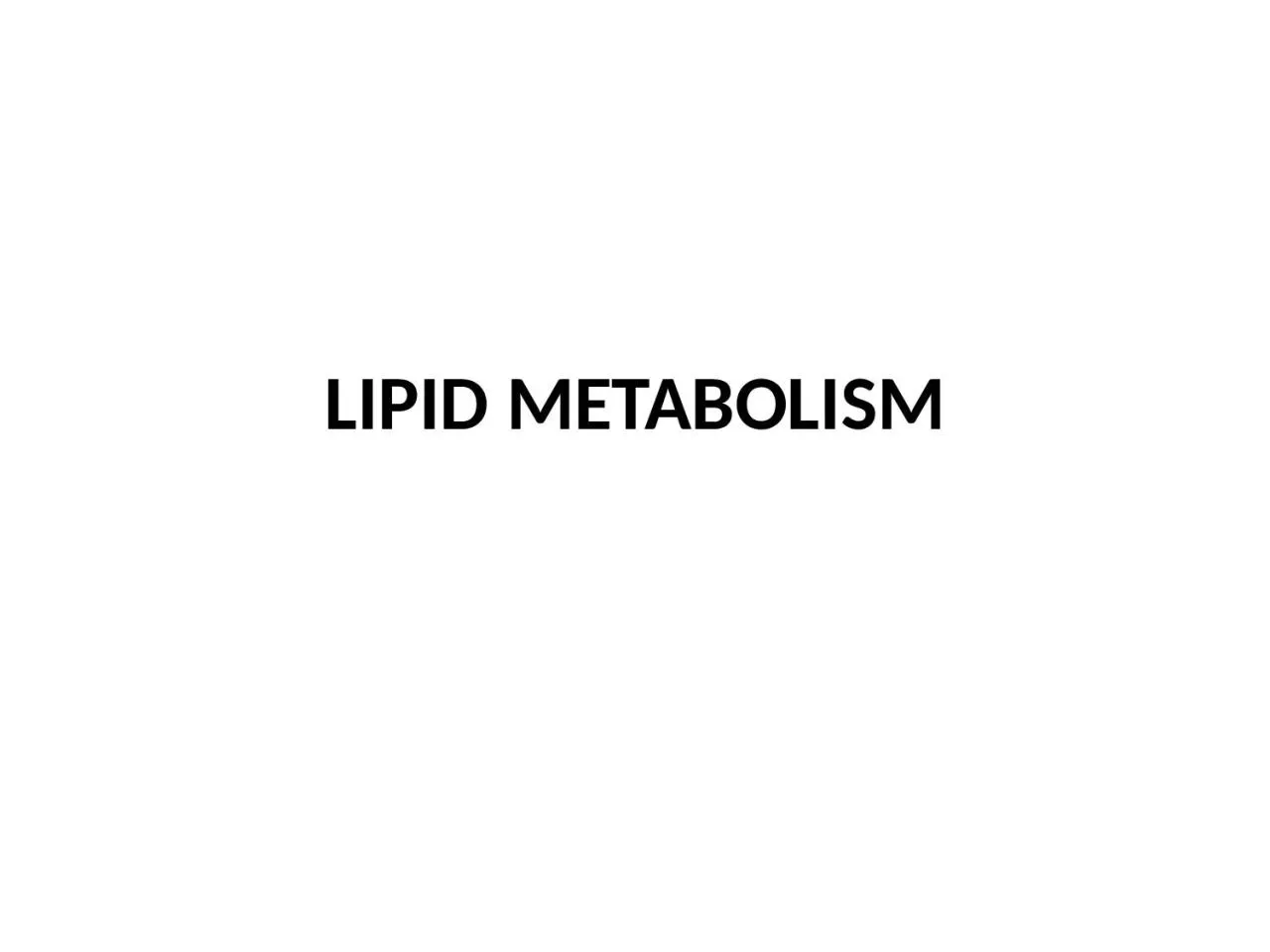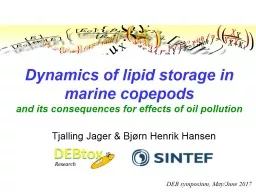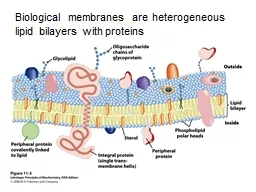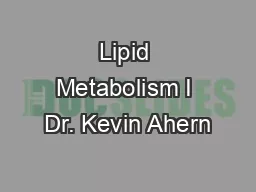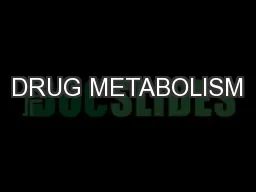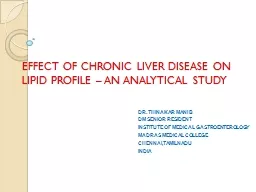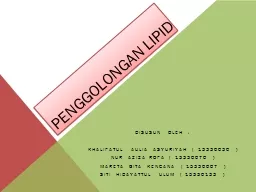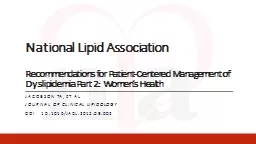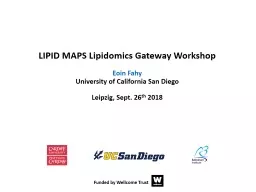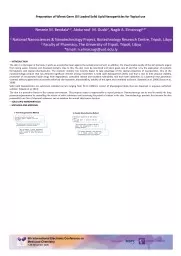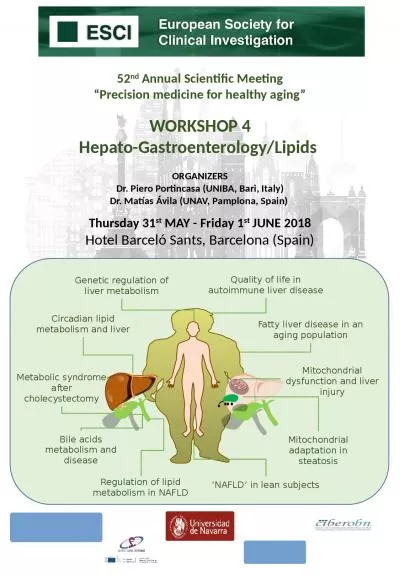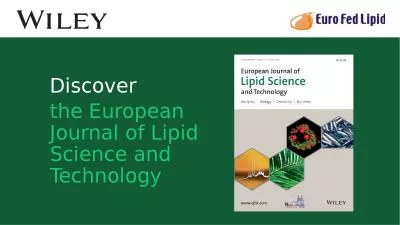PPT-LIPID METABOLISM Stages And Reaction Steps
Author : isabella2 | Published Date : 2022-06-07
Of Beta Oxidation Of Fatty Acids Three Stages Of Beta Oxidation For Oxidation Fatty acid Palmitate Stage I Activation of Long Chain Fatty acid Acyl Chain To
Presentation Embed Code
Download Presentation
Download Presentation The PPT/PDF document "LIPID METABOLISM Stages And Reaction Ste..." is the property of its rightful owner. Permission is granted to download and print the materials on this website for personal, non-commercial use only, and to display it on your personal computer provided you do not modify the materials and that you retain all copyright notices contained in the materials. By downloading content from our website, you accept the terms of this agreement.
LIPID METABOLISM Stages And Reaction Steps: Transcript
Download Rules Of Document
"LIPID METABOLISM Stages And Reaction Steps"The content belongs to its owner. You may download and print it for personal use, without modification, and keep all copyright notices. By downloading, you agree to these terms.
Related Documents

